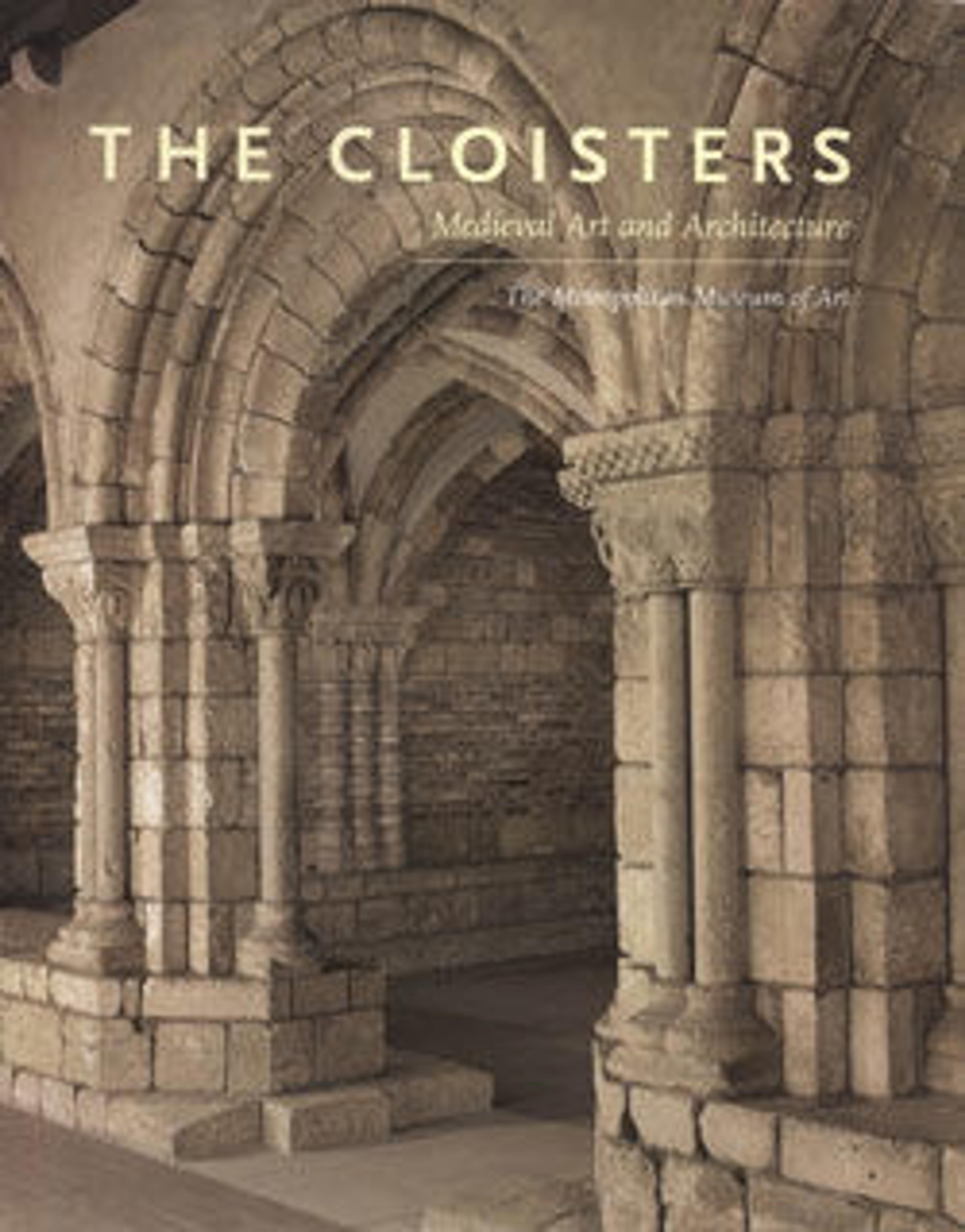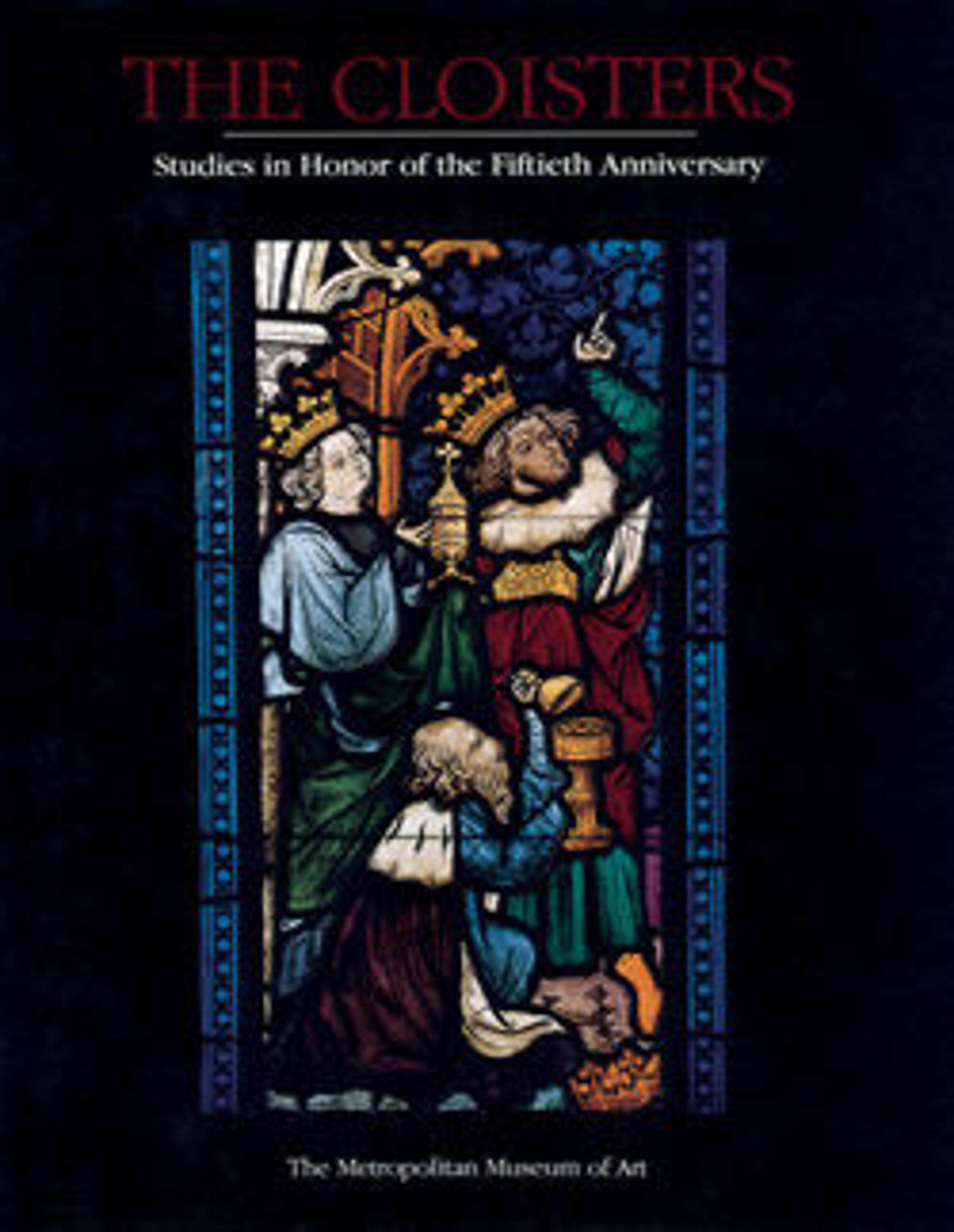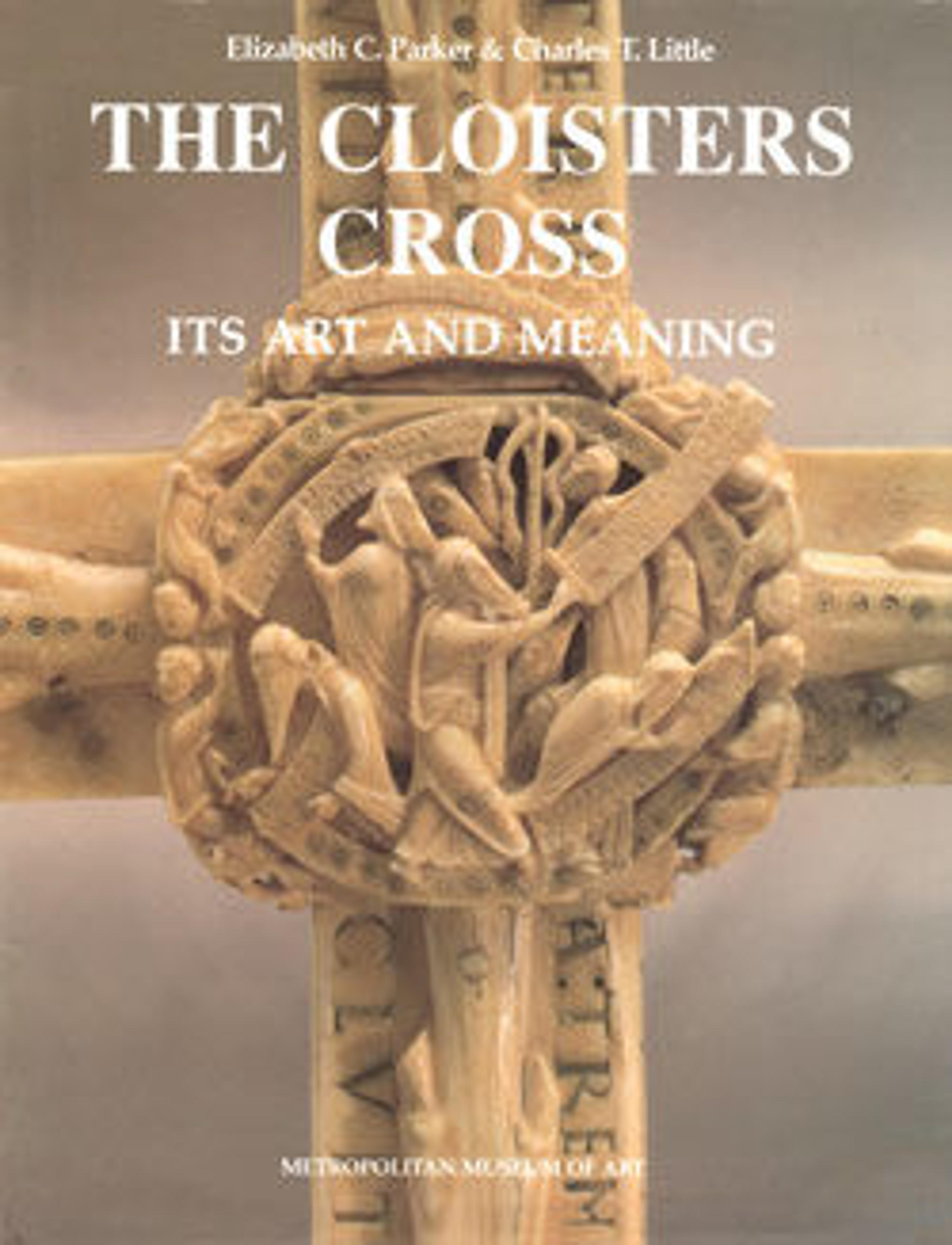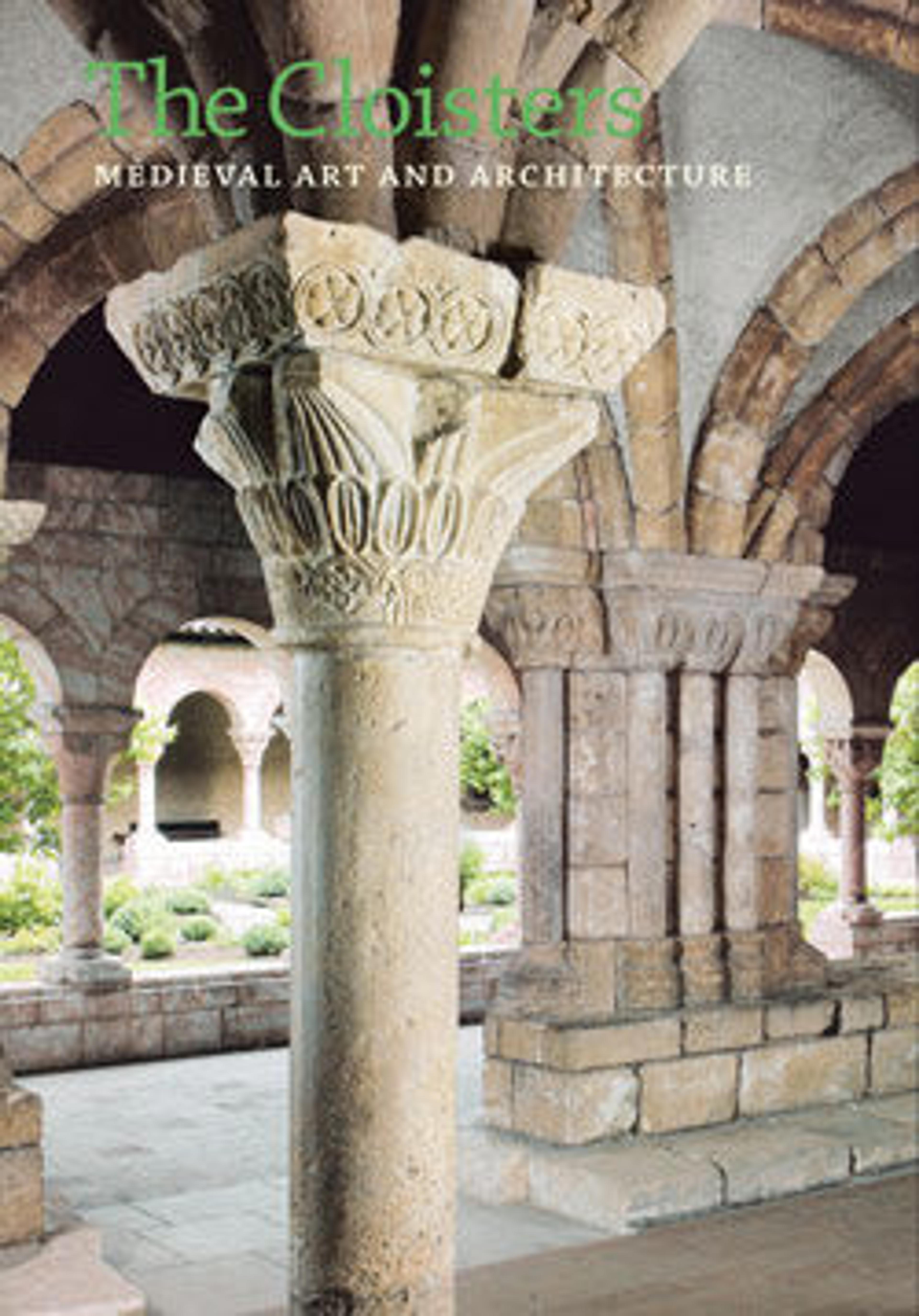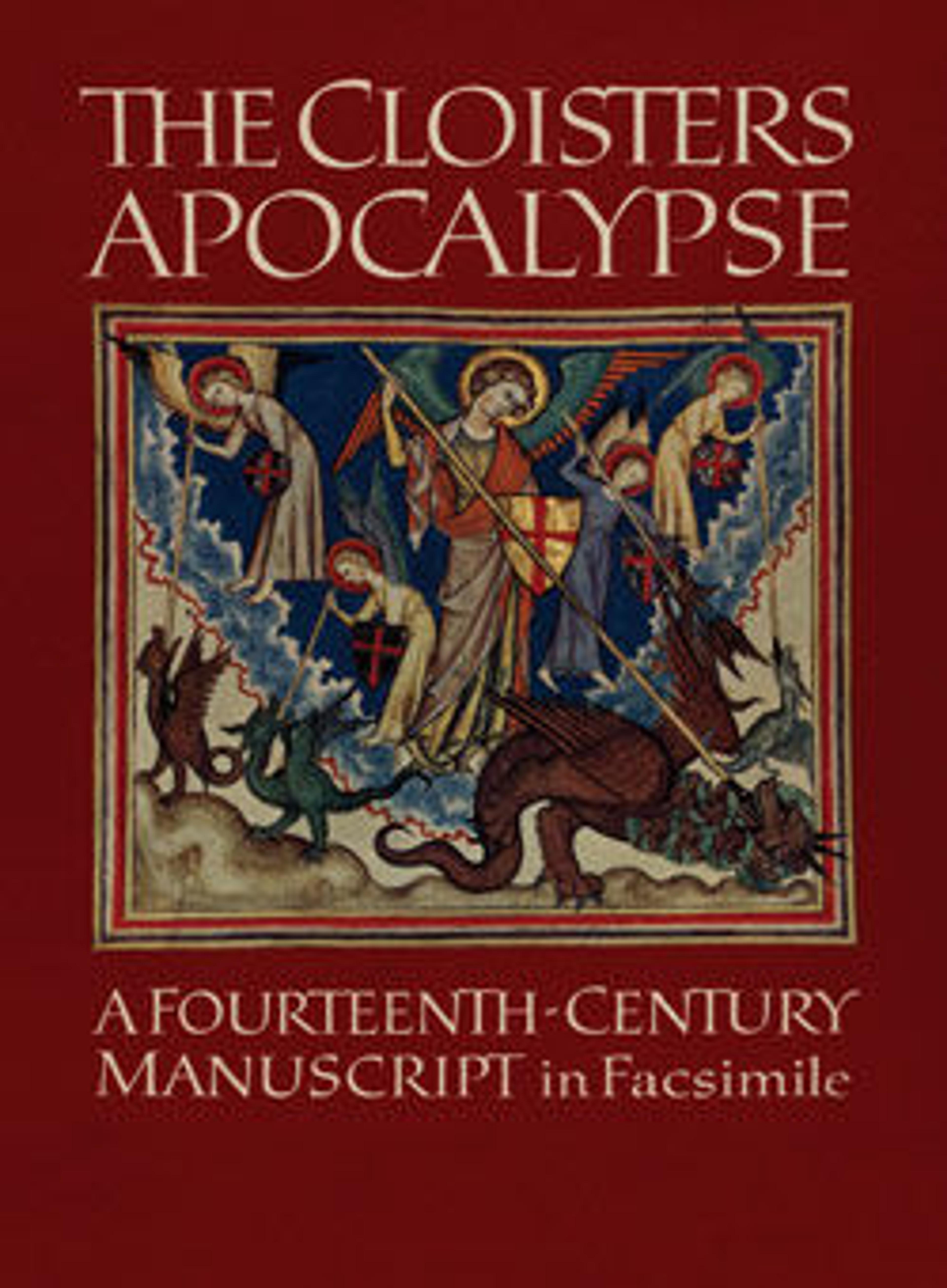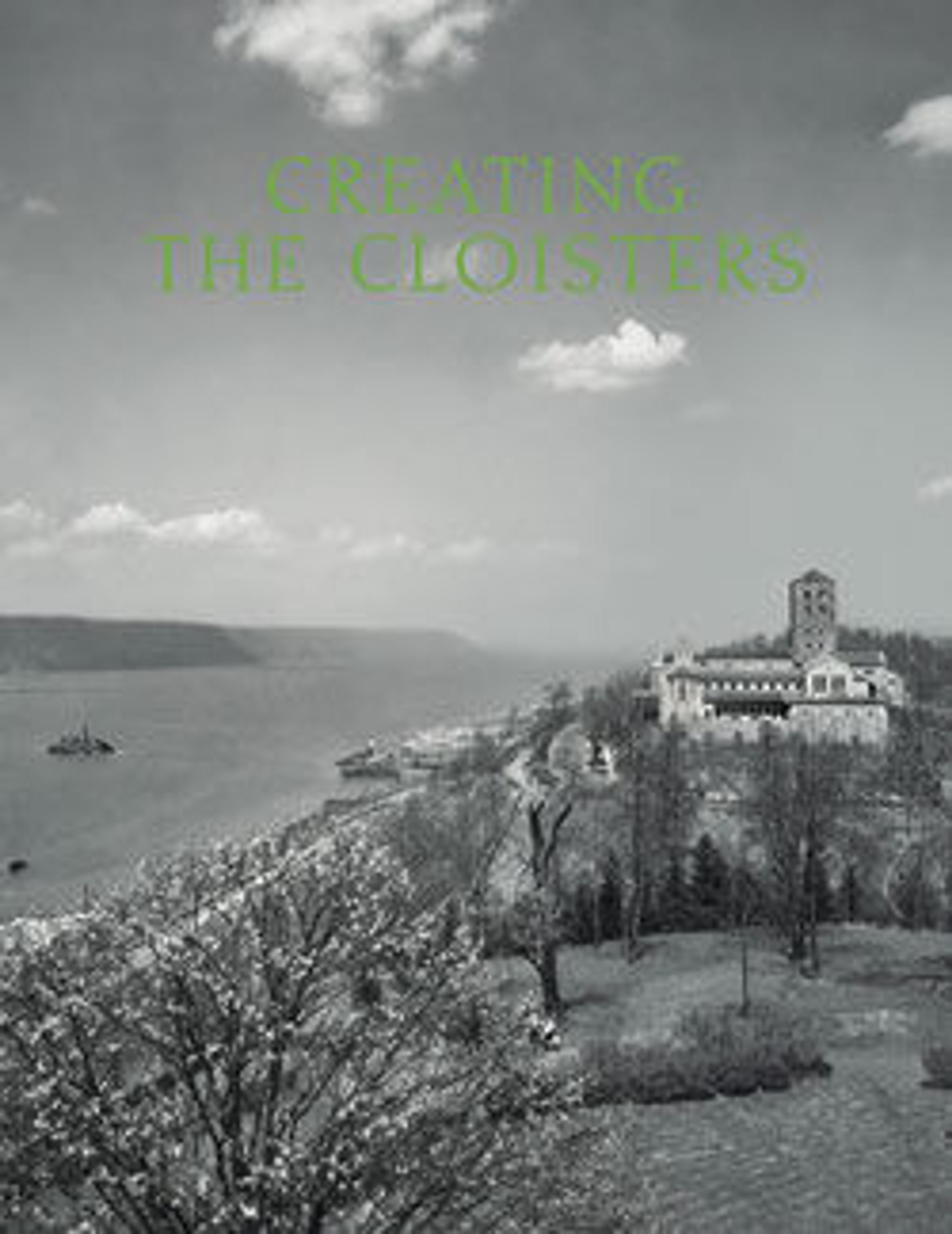
"Creating the Cloisters"
The Cloisters marks its seventy-fifth anniversary in 2013. Since its opening on May 10, 1938, it has become a treasured landmark, celebrated for both its magnificent setting and its world-class collection of medieval art and architecture. Located in Fort Tryon Park, a verdant oasis on the northern tip of Manhattan, the highest point in New York City, the building commands sweeping views of the Hudson River and the towering Palisades on the river's opposite bank. The integrity of its design and materials, the superb craftsmanship, the intimacy of the spaces, the quiet lush cloister gardens, and the harmonious integration of the architectural sculpture create an ideal setting for the magnificent works of art it houses. This issue of the Bulletin, the first of a number of celebratory events scheduled for the anniversary year, tells the fascinating history of The Cloisters from is nascence in the early 1900s, when the "valuable and choice things" it incorporates began to be assembled in France, to opening day in 1938.
Met Art in Publication
You May Also Like
Press the down key to skip to the last item.
